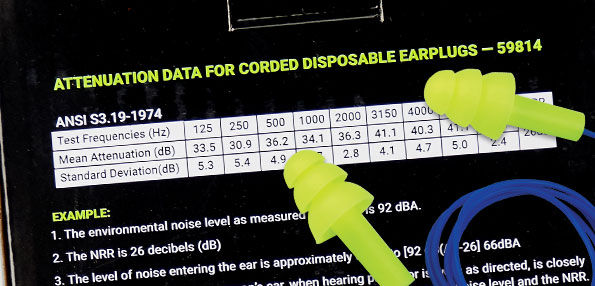ANSI Certification Requirements
The American National Standards Institute (ANSI®) collaborates voluntary standardization activities. It provides a framework for fair global standards development; OSHA has adopted many of its standards,including: Eye and Face Protection: ANSI Z87.1; Hand Protection: ANSI/ISEA 105; Head Protection: ANSI Z89.1; Hearing Protection: ANSI S3.19; and Hi-Visibility Clothing: ANSI/ISEA 107.
Why Should You Use ANSI-Certified Gear?
OSHA requires that many categories of personal protective equipment (PPE) meet or be equal to standards developed by the American National Standards Institute (ANSI). ANSI has been establishing standards since the 1920s, when the first safety standard was issued to protect the heads and eyes of industrial workers. Employers who need to provide PPE in the categories listed below must make certain that any new equipment purchased meets the cited standard. ANSI-certified PPE ensures a level of quality you can trust.

HI-VIS CLOTHING
ANSI/ISEA 107
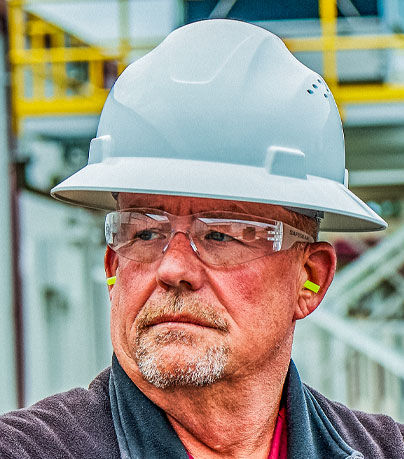
HEAD PROTECTION
ANSI Z89.1
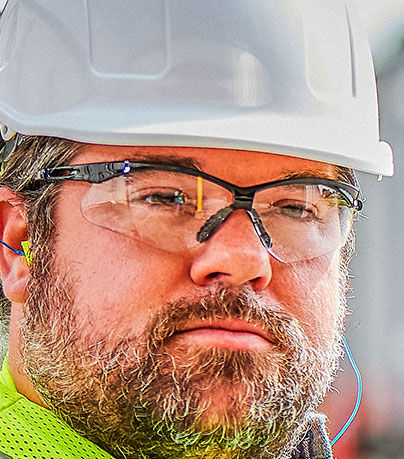
EYE PROTECTION
ANSI Z87.1
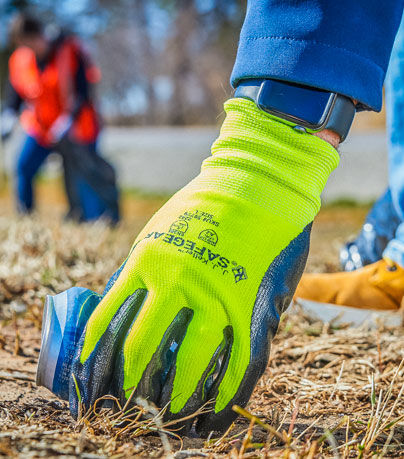
HAND PROTECTION
ANSI/ISEA 105
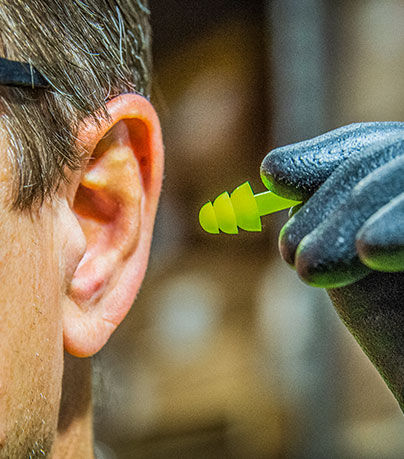
HEARING PROTECTION
ANSI S3.19
Hi-Vis Clothing: ANSI/ISEA 107
Certified high-visibility clothing is required to adhere to garment design requirements established by the American National Standards Institute (ANSI) and the International Safety Equipment Association (ISEA) under ANSI/ISEA 107 2015. Certified clothing is categorized by type and performance class. The three certified types of apparel are Type O, R, and P. Type O is for off-roadway work, Type R is for roadway work, and Type P is used for public safety workers. Certified performance classes are based on the amount of visible retroreflective materials and design attributes incorporated into the final configuration.
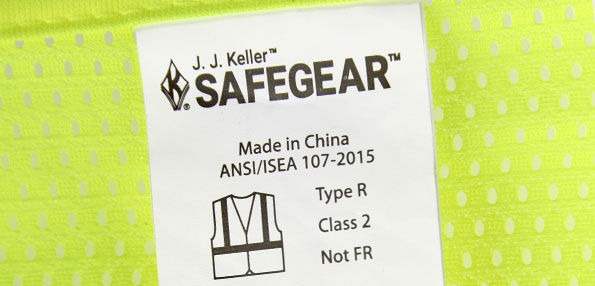
Head Protection: ANSI Z89.1
Head injuries can occur from impacts, falling or flying objects, or from electrical shock and burns. Head protection meeting ANSI Z89.1 ensures workers are protected from these hazards. Hard hats are classified by the level of protection they offer. Classes C, E, and G hard hats all offer protection from light impacts and penetration hazards. Class E helmets offer electrical protection of up to 20,000 volts, and Class G helmets offer di-electric protection up to 2,200 volts (phase to ground).
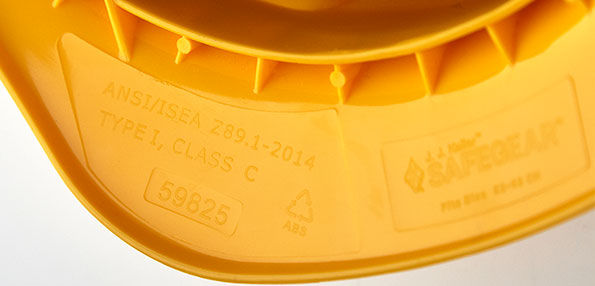
Eye Protection: ANSI Z87.1
Eye injuries can occur from impacts, heat, dust, chemicals, and optical radiation. Eye protection meeting ANSI Z87.1 ensures workers are protected from these hazards and includes primary protectors such as eye spectacles and safety goggles. Secondary protectors, such as face shields, provide an additional layer of protection to workers’ eyes. Primary eye protection uses lenses, frames, and side shield components to protect workers’ eyes. In contrast, windows, shields, and headgear on secondary protectors guard against eye injuries.
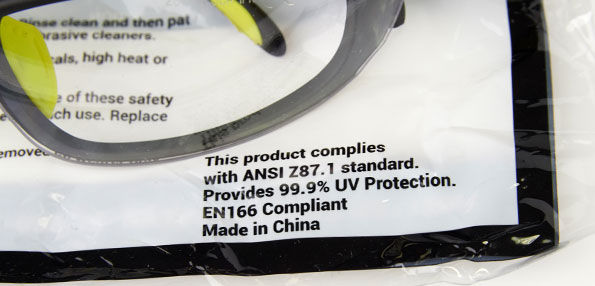
Hand Protection: ANSI/ISEA 105
Hand injuries can occur from absorption of harmful substances, severe cuts or lacerations, severe abrasions, punctures, chemical burns, thermal burns, and harmful temperature extremes. ANSI/ISEA 105 applies rigorous testing methods to gloves, ensuring workers are protected adequately. Gloves are classified by the level of protection they offer. Mechanical ratings include cut, puncture, and abrasion resistance. Chemical ratings include permeation and degradation protection. Gloves can also be rated for protection from ignition and vibration hazards and may contain high-vis markings.
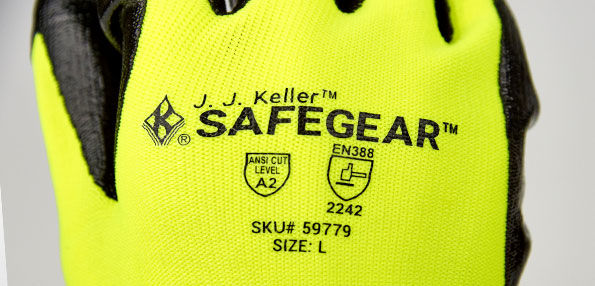
Hearing Protection: ANSI S3.19
Hearing loss can occur when employees are subjected to noises exceeding OSHA’s permissible exposure limits. ANSI S12.6 specifies testing methods used for measuring, analyzing, and reporting noise-reduction ratings (NRR) of hearing protectors and must conform to ANSI S3.19 labeling requirements. Hearing-protection devices include single-use earplugs, pre-formed or molded earplugs, and earmuffs. Workers can wear earplugs and earmuffs together to decrease their level of noise exposure. Hearing protectors are designed to prevent or reduce sound from entering workers’ ear canal.
